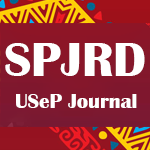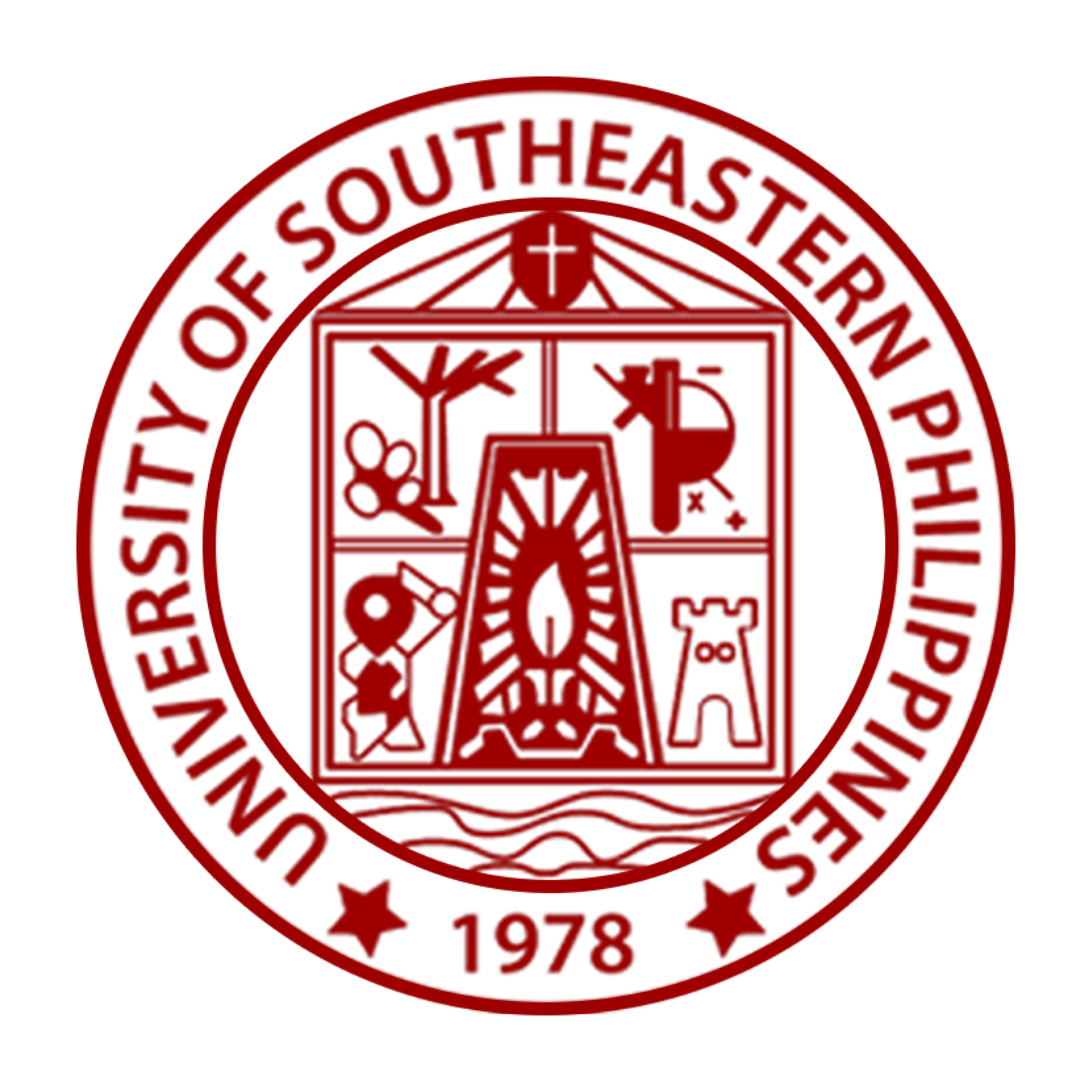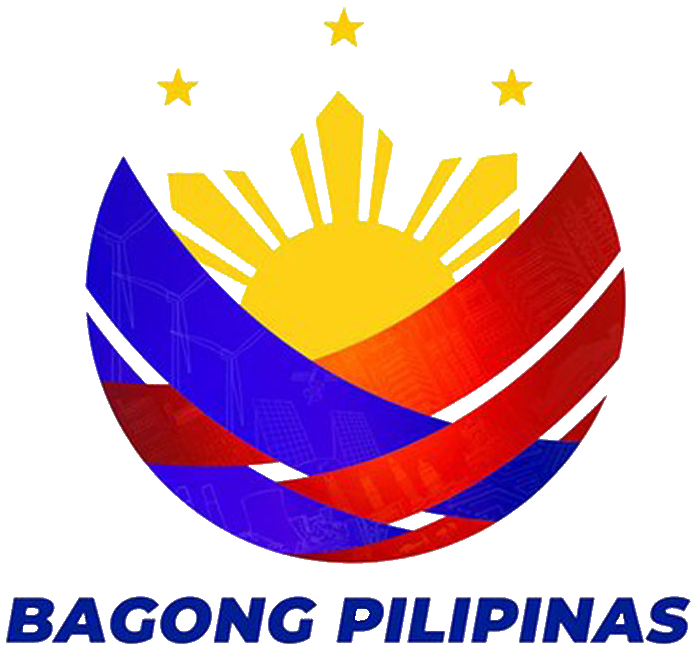
In its quest for truthful and inclusive historical narratives, Mr. Francis N. Reginio and Assoc. Prof. Sajed S. Ingilan, faculty members from the College of Arts and Sciences (CAS) of the University of Southeastern Philippines (USeP), visited Lupah Sug (Sulu), the homeland of the Tausug, on February 8-17, 2024.
Sipping the kahawa Sug (Sulu coffee) paired with bangbang Sug (Tausug delicacies), Mindanao State University-Sulu Vice Chancellor for Research, Prof. Hannbal Bara, started the conversation with USeP CAS faculty about the hula (homeland), bangsa (nation), agama (religion), or the Tausug concept of state. Walking on the newly-cemented and well-lighted roads in Camp Astanah, Bud Kagay,Indanan, Sulu, the concept of state shared by Prof. Bara surfaced also when the USeP faculty interviewed the Moro National Liberation Front (MNLF) commanders and soldiers.
From the mountain of Kagay, Indanan, Mohsin Ali, the young barangay captain of Tangkapaan, Kabingaan Islands, Sulu, brought the USeP CAS faculty to small island communities in Tapul, Sulu. With seafoods, tiyulah itum (black soup), piyutu (steamed cassava), and siyanglag (roasted grated cassava) on the table, enlightening stories or (manga kissa in Bahasa Sug) about the unsung heroes of Sulu such as Maas Ilidji, Panglima Sayyadi, Panglima Hassan, Maharaja Untung, Panglima Amming Musad, Maas Kamlon,Kalingalan Caluang, and Nur Misuari were shared by the taumaas (elders) in Tapul, Sulu. Proudly wearing their pis syabit (prized handwoven cloth of the Tausug), these Tausug heroes believed that “Gam muti in bukug, ayaw in tikud-tikud (It is better to die rather than run away from the colonizers or enemies). This Tausug proverb was commonly heard also among the locals as the team explored the municipality of Maimbung where the Astanah (Palace) of Sultan of Sulu was originally located, and Parang where one will be treated to dramatic ocean views and pristine beaches.
To further the discourse on Bangsa Sug history, the USeP CAS faculty met with Ms. Fatima Alliah H. Janani, Chair of the History Department in Sulu State College in Jolo and visited the libraries and museums in Lupah Sug. Mr. Reginio explained that the collected narratives in Lupah Sug will help in the formulation and implementation of strategies for the proposed extension program titled SALAM (Strengthening Abilities through Language and Arts for the Moros) funded by Bangsamoro Transition Authority Member of Parliament Nurredha I. Misuari. He then added that his exposure to the rich history and culture of Bangsa Sug is a significant input also to the module he is writing for the CHED-funded program titled, “Creating Supplemental References Integrating Bangsamoro History and Culture (BHC)” under the USeP Mindanao Center for Policy Studies (MCPS).
“These initiatives are pivotal in advancing research, development, and extension (RDE) priorities, mainly focusing on community studies, their dynamics, and their educational implications, including cultural and artistic components as part of the University agenda. Specifically, our college’s involvement in studying peace through conflict sensitivity and promoting peace through cultivating a culture of peace is paramount to ensuring a transformative process in fostering harmonious relationships within our society,” Mr. Reginio elaborated.
Indeed, promoting cultural inclusivity, sensitivity, and comprehensive peace is a collective endeavor essential for the well-being and progress of our community. Through Kahanungan (peace) education, USeP is committed to fostering awareness and understanding of holistic peace among learners and educators, laying the foundation for a more peaceful and prosperous future.
While the USeP CAS faculty engaged in their fieldwork on Bangsamoro history and culture, print copies of the Southeastern Philippines Journal of Research and Development (SPJRD), a Scopus-indexed journal, were distributed to Higher Education Institutions (HEIs) and libraries in Sulu. “This effort is aligned with the SPJRD’s commitment to increase the visibility of SPJRD and encourage collaborations for scholarly publications about and for Mindanao,” SPJRD Editor-in-Chief Sajed S. Ingilan expounded.
In their journey back to the mainland Mindanao with Bud Tumantangis (Mountain of Tears) as the last bit of Lupah Sug visible to their eyes and a reminder of the struggles, achievements, and hopes of the Tausug, the USeP faculty will strive toward the realization of USeP’s vision of transforming communities, i.e., Bangsa Sug, through RDE programs.

















